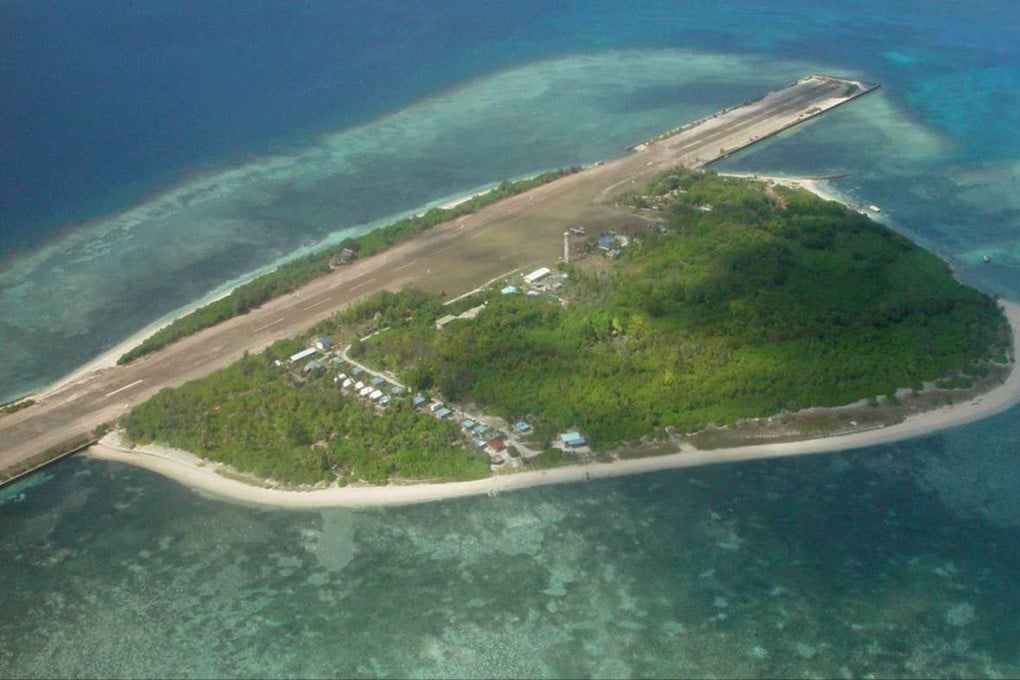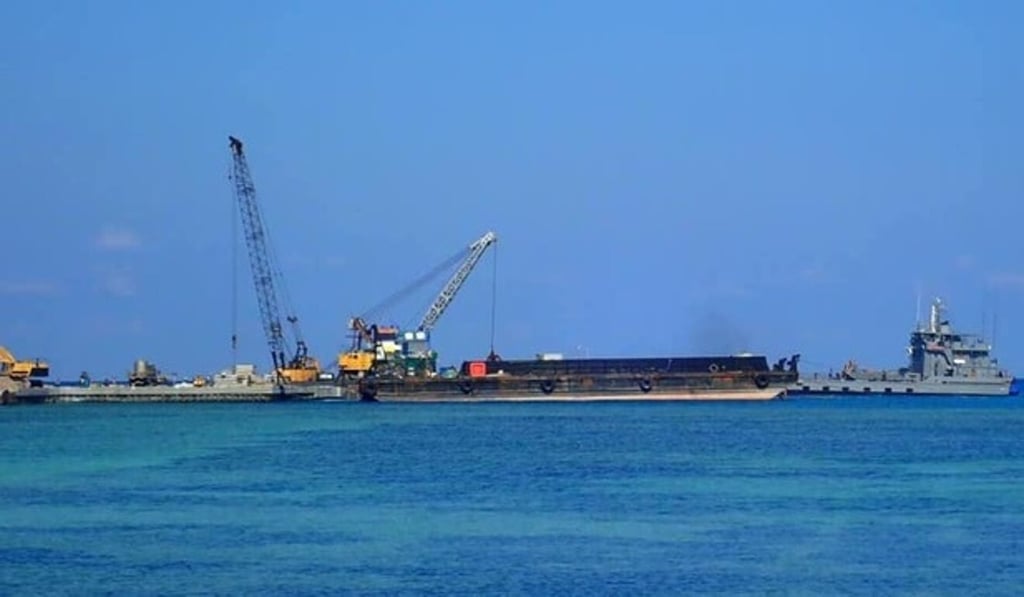Advertisement
Opinion | Philippines bolsters posture in South China Sea after navy ship docks at new Spratly Islands port
- A Philippine navy ship, the BRP Ivatan, recently docked at a newly-built port on Pag-asa or Thitu Island, its largest occupied feature in the South China Sea
- This, and the arrival of a new multirole frigate from South Korea, demonstrate Manila’s resolve to defend its interests, even as ties with Beijing improve
Reading Time:4 minutes
Why you can trust SCMP

Two recent developments in the South China Sea are poised to enhance the Philippines’ position in the increasingly tense flashpoint and allay criticism that President Rodrigo Duterte’s administration is lacking resolve in defending the country’s interests.
On May 13, Philippine Navy ship BRP Ivatan became the first vessel to dock at the nearly-completed port of Pag-asa (Thitu Island), Manila’s largest occupied feature in the Spratly Islands in the disputed sea.
And last weekend, the country’s first modern multirole frigate from South Korea, BRP Jose Rizal, arrived in Subic naval base.
Advertisement

The BRP Ivatan, a decommissioned Balikpapan-class heavy landing craft refurbished and donated by Australia to the Philippines in 2015, is fittingly named after the Ivatans, a hardy and resilient people living in the country’s northernmost island group of Batanes which is constantly battered by strong typhoons and huge waves.
Advertisement
Its historic docking in Pag-Asa may well cause ripples too.
Advertisement
Select Voice
Choose your listening speed
Get through articles 2x faster
1.25x
250 WPM
Slow
Average
Fast
1.25x
